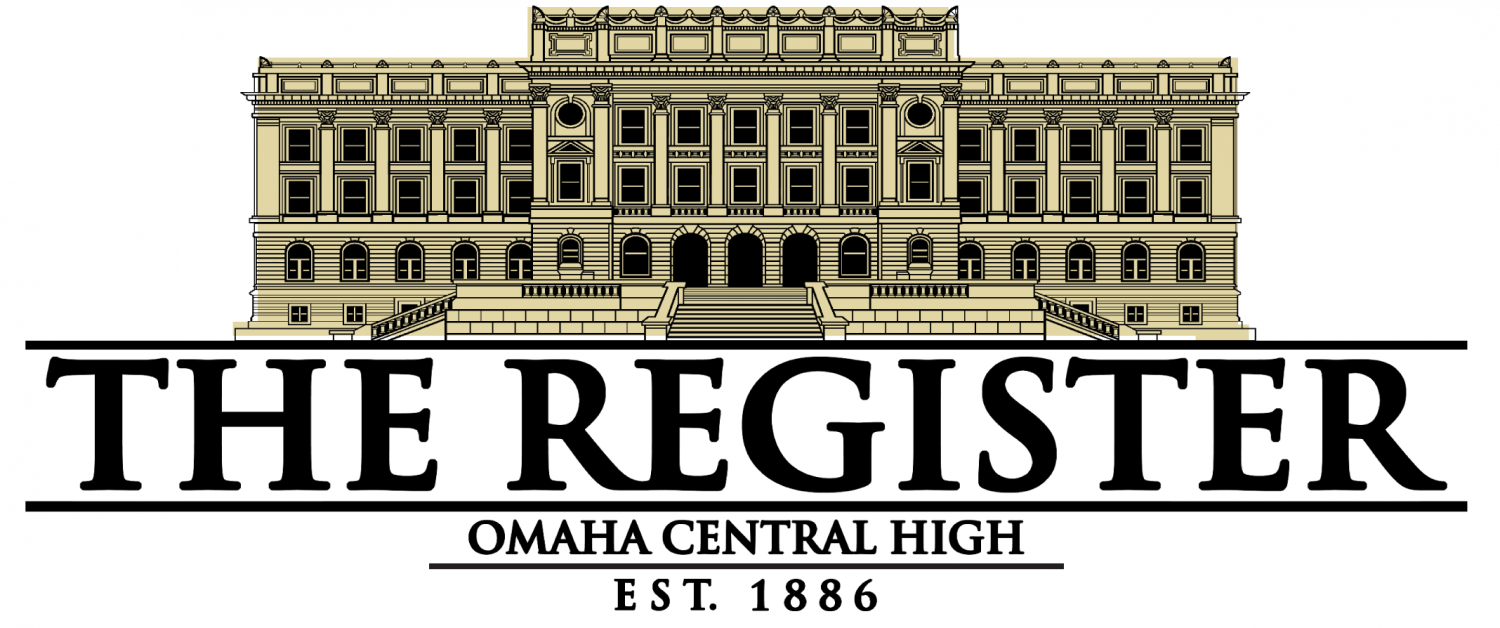Balloongate: Social media organization shows hypocrisy, tradition here to stay
May 11, 2017
On Thursday, April 13, the 40th annual Purple Feather Day was the talking point for most students. Those who had a high GPA got a chance to participate in an impromptu game show and eat donuts. One tradition of the event was called into question, forcing administration and coordinators to adapt.
That ever so controversial balloon release.
Hundreds of students reportedly signed a petition that the release would harm animals in the area and possibly anywhere within the radius of the school. In response, Dr. Ed Bennett offered a compromise of (probably) biodegradable balloons and strings. If students did not want to release a balloon, they had a right not to take one.
From a student standpoint, this is a great example of Central students choosing to voice their concerns on matters that impact the school. Those who mentioned their concerns had proper reasoning and justification, as they are members of the Central community.
However, there was one organization that did not have credibility to speak on the matter, regardless of whether it had the constitutional right to do so. Balloons Blow is an organization created by two women who are concerned with the effect balloon releases have on animals and the environment. They contacted Central (as they were eagerly willing to notify some members of the public on Twitter) stating that the celebration of excellence was killing animals and even the eagles that Central has on its logo. Despite their comments, the tradition continued.
Their message has seemed to pick up a minor following on Facebook with 52,000 likes, but less so on Twitter with 1,800 followers. Yet, as a video was released of the release on Twitter, the organization–which has a website one can donate to–spoke out. “Disturbing video. Honoring brightest by littering & endangering #animals. #Balloonrelease despite learning destructive effects #EagleProud?”
First, using hashtags does not bolster the argument whatsoever, in fact it reduces credibility. While the effects of these balloon releases are legitimate, a video of a balloon release is not on the same level of “disturbing” as other events. One of Balloons Blow’s other tweets included a smiley face, which really helped bring the point home that “the video glorified flyaway death traps.”
Its cause is undoubtedly honorable but the method through which they choose to make their problems known is flawed and inconsistent. If Balloons Blow has a problem with the 800 or so balloons released on Purple Feather Day, the consequences of witnessing a 3,000 to 5,000 balloon mass floating into the air for the Husker spring game at Memorial Stadium must have been appalling, right? It was merely two days after the incident at Central.
Apparently not, because not a single word was mentioned on Balloons Blow’s Facebook page or Twitter account. Yet, the organization called the atrocities at Central a “mass littering alert.” If you are willing to point out a high school in their wrongdoing and blame administrators for caring about tradition more than environmental health, you must do the same with adults in other venues.
The balloon release with Nebraska football is a 60-year-old tradition that has remained unscathed through a lawsuit, animal lovers and a helium shortage. The impact on helium usage and the killing of animals has not been enough for the EPA or the federal government to pass widespread regulations. States have passed laws on the issue, but not enough have to raise the concern of the entire nation. Memorial Stadium seems like a much greater threat to animals than Omaha Central, as releases happen six to seven times a year in Lincoln.
A study conducted in 2012 at Clemson University may even refute the impact of animals digesting latex. While articles and experts have stood firm on the environmental impact, this study found that the species they tested, after digesting latex, showed no significant impact on digestion, except for turtles, which saw a percentage of species with buildup in their bodies. The author goes as far as to suggest that “consumption of latex balloon fragments may not pose a threat to many wildlife species” in the abstract of the paper.
What does this all mean?
Simply that we seem to be morphing into an activist society, which brings benefits and obvious shortcomings. People in general seem to speak up on issues that they have not previously been involved in, or do not follow up on their protests with action and attempts to create change in society and policy.
In this example, students and the outsiders chose to voice their concerns armed with general facts. Once again, it is difficult to argue that balloons do not harm wildlife. However, it cannot be proven that Purple Feather Day and what Central chose to do created a major impact on animals in the area, as there is no hard evidence and observation that says such. If people so desire, the balloons could be tagged and the burden on animals measured. That idea can be saved for next year.
In the meantime, this is a lesson to those who do have a nature of activism.
Yes, it is completely okay to protest issues that you feel are important; it is a Constitutional right.
However, if you do so, make sure that you are consistent and do not simply choose an issue so you can be angry about it. Follow up on that anger with action, as Balloons Blow has done, to which it deserves credit.
Activism is not a passive way to complain about what you want, which is why the root of the word is “active.” It requires a recurring participation that refrains from picking and choosing battles.
Purple Feather Day may or may not last until the end of Central, but this should not be the last time this “issue” is discussed before the 41st annual.
